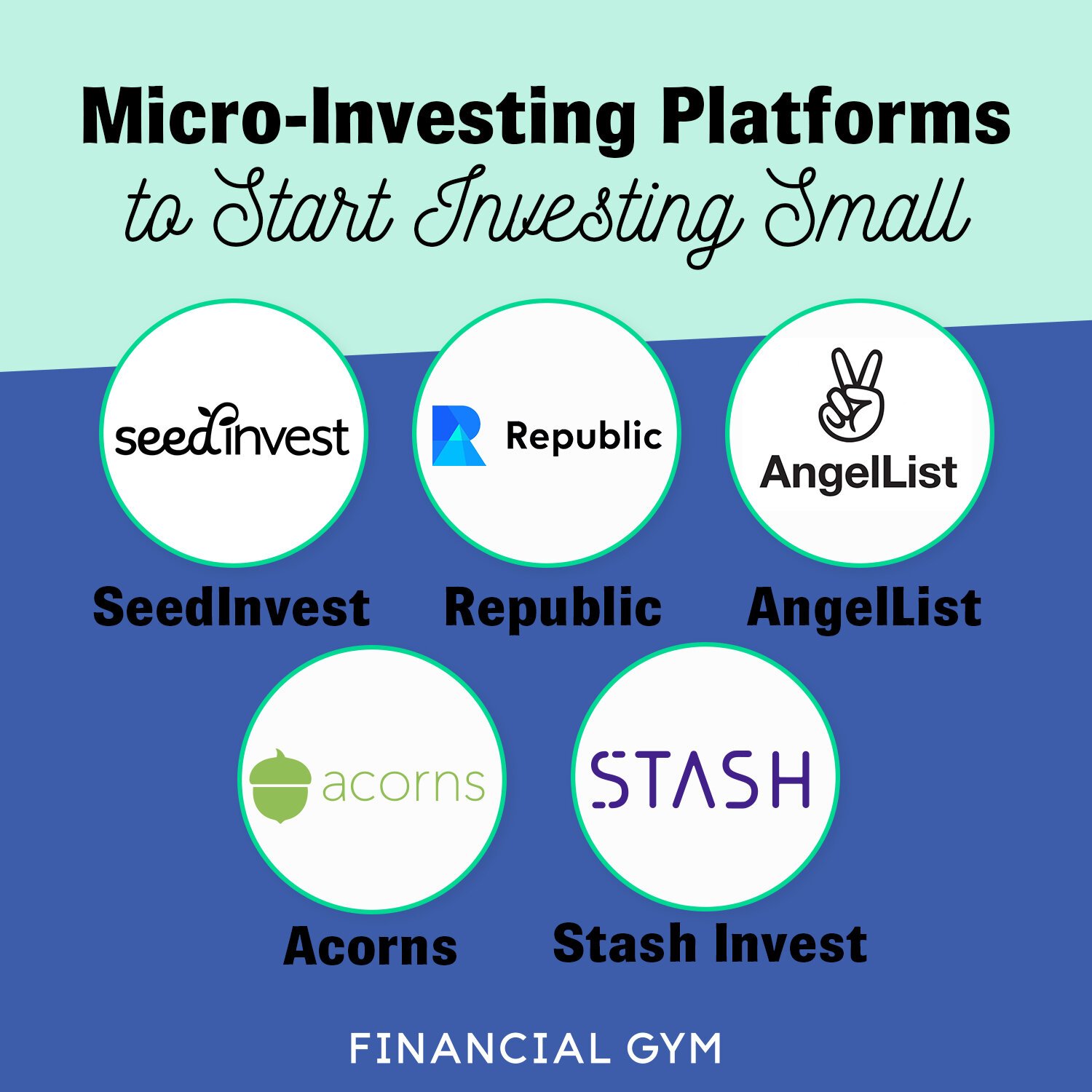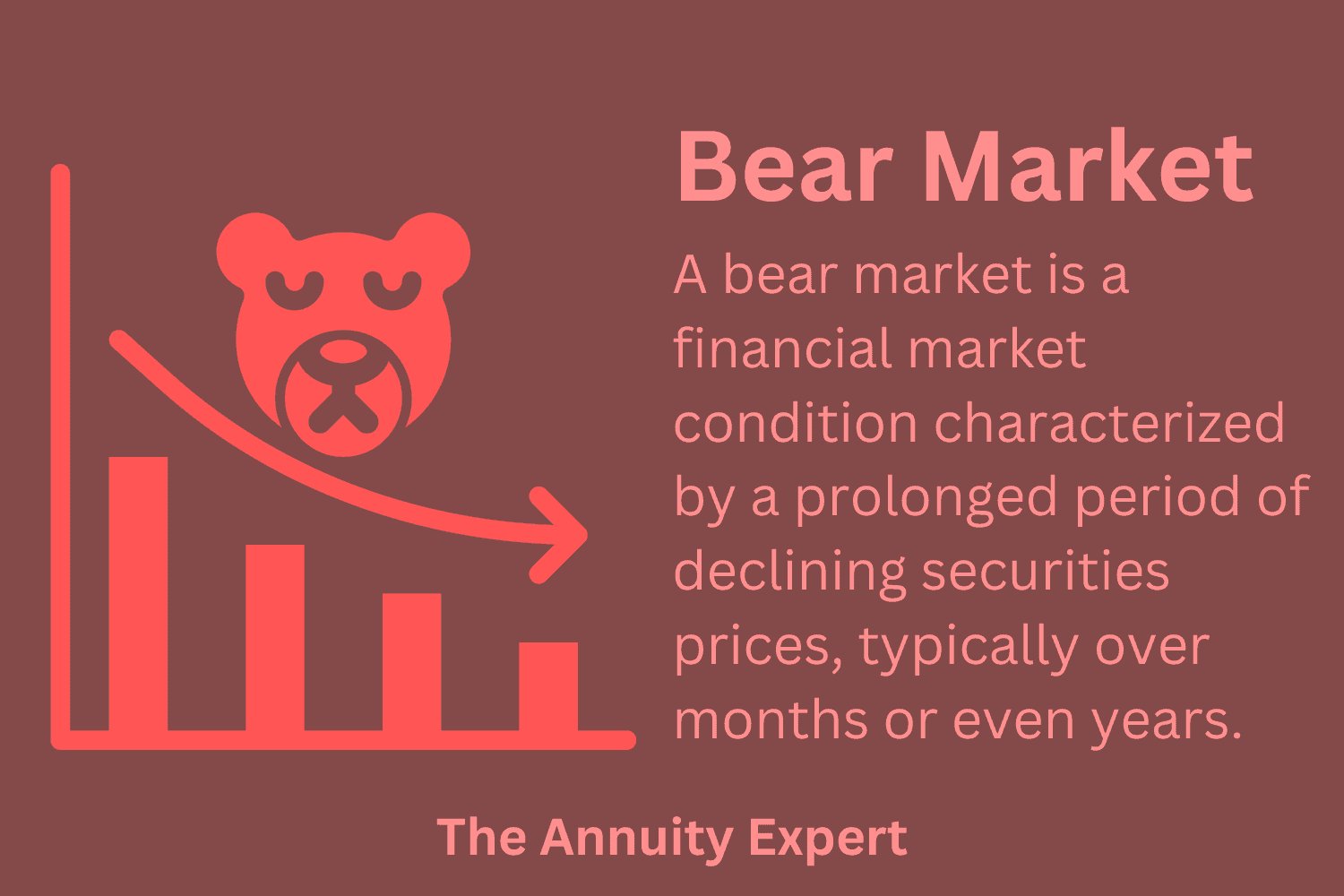Micro-investing platforms have become more popular than ever in recent years. Are you wondering about the ins and outs of these platforms? Well, understanding micro-investing platforms is the key to unlocking a world of financial opportunities. In this article, we will dive into the details and simplify the complex world of micro-investing platforms. So, if you’re looking to dip your toes into the world of investing, keep reading to gain a clearer understanding of how these platforms can help you achieve your financial goals. Let’s get started!
Understanding Micro-Investing Platforms
Investing has traditionally been considered a game for the wealthy, but with the rise of micro-investing platforms, anyone can participate in the stock market with just a few dollars. These platforms have democratized investing, making it accessible to a wider audience. In this article, we will delve into the world of micro-investing platforms and explore the various aspects of this innovative way to invest.
What are Micro-Investing Platforms?
Micro-investing platforms are online applications or services that allow individuals to invest small amounts of money into various investment vehicles, such as stocks, exchange-traded funds (ETFs), or mutual funds. These platforms typically leverage technology to make investing easier and more affordable for the average person.
The main concept behind micro-investing platforms is that they enable users to invest their spare change or small amounts of money automatically. By rounding up everyday purchases to the nearest dollar or allocating a specific amount regularly, these platforms accumulate small sums over time. Users can then invest these funds in a diversified portfolio based on their risk tolerance and financial goals.
How Micro-Investing Platforms Work
Micro-investing platforms operate on a simple and user-friendly model. Here’s a step-by-step breakdown of how they typically work:
1. Sign-up: Users create an account by downloading the mobile app or visiting the platform’s website. They provide basic personal information and link their bank accounts or credit cards to the platform.
2. Round-up or recurring deposits: Users have the option to enable round-up deposits, where the platform automatically rounds up their everyday transactions to the nearest dollar and invests the spare change. Alternatively, users can set up recurring deposits, where a specific amount is transferred from their linked bank account regularly.
3. Investment options: Micro-investing platforms offer a range of investment options, including stocks, ETFs, and mutual funds. Users can choose from preselected portfolios or customize their own based on their risk preferences and investment objectives.
4. Diversification: To mitigate risk, micro-investing platforms diversify investments across asset classes and sectors. This diversification helps protect against the volatility of individual stocks and enhances the potential for long-term growth.
5. Account management: Users can monitor their investments, track performance, and make adjustments as needed through the platform’s intuitive interface. Some platforms provide additional features like financial planning tools, educational resources, and social communities.
6. Fees and costs: Micro-investing platforms typically charge low fees, making them affordable for small investors. However, it’s important to review the fee structure and understand any additional costs associated with specific services or investment products.
Benefits of Micro-Investing Platforms
Micro-investing platforms offer several advantages that make them attractive to both beginner and experienced investors. Here are some notable benefits:
1. Accessibility: Micro-investing platforms remove the barriers to entry in traditional investing by allowing users to start with small amounts of money. This makes investing accessible to those who may have limited funds to spare.
2. Affordability: With low fees and the ability to invest spare change, micro-investing platforms offer an affordable way to start investing. They enable individuals to grow their wealth gradually without incurring high costs.
3. Automation: Micro-investing platforms automate the investment process, making it incredibly convenient. Users can set up automatic deposits, allowing their investments to compound over time without requiring constant manual effort.
4. Diversification: By investing in diversified portfolios, micro-investing platforms help minimize risk. Instead of investing in a single stock, users can spread their investments across multiple assets and sectors, reducing the impact of any single investment’s performance.
5. Education and Resources: Many micro-investing platforms provide educational resources, articles, and tools to help users learn about investing and make informed decisions. This empowers individuals to become more confident and knowledgeable investors.
Considerations for Choosing a Micro-Investing Platform
When selecting a micro-investing platform, it’s essential to consider a few factors that align with your investment goals and preferences. Here are some key considerations:
1. Investment Options: Different platforms offer varying investment options. Some platforms may focus solely on stocks, while others offer more diversified portfolios with ETFs or mutual funds. Choose a platform that aligns with your investment preferences.
2. Fees and Costs: While micro-investing platforms often have low fees, it’s crucial to understand the fee structure and any other costs involved. Look for transparency in fee disclosures and evaluate how fees may impact your investment returns in the long run.
3. Account Features: Evaluate the platform’s account management features, such as performance tracking, goal setting, and portfolio rebalancing. Consider whether these features align with your investment strategy and provide the tools you need to manage your investments effectively.
4. Security and Trustworthiness: Research the platform’s security measures and user reviews to ensure that your personal and financial information will be protected. Choose platforms that are regulated and have a good reputation in the industry.
5. Customer Support: Consider the level of customer support provided by the platform. Look for platforms that offer responsive customer service and resources to address any concerns or questions you may have.
Risks and Limitations of Micro-Investing Platforms
While micro-investing platforms offer many advantages, it’s important to be aware of the associated risks and limitations. These include:
1. Market Volatility: Investing in the stock market inherently carries some level of risk. Micro-investing platforms are not immune to market fluctuations, and investments can go down in value. It’s important to have a long-term perspective and be prepared for potential volatility.
2. Limited Control: Micro-investing platforms often offer limited control over investment decisions. Users typically choose from predefined portfolios rather than individually selecting stocks. This may not suit those who prefer more hands-on control over their investments.
3. Potential for Small Gains: Given the small amounts typically invested in micro-investing, the potential gains may also be limited. While compounding can lead to growth over time, substantial wealth accumulation may require higher investment amounts or alternative investing strategies.
4. Regulatory Risks: As with any financial service, there are regulatory risks associated with micro-investing platforms. Changes in regulations or unforeseen legal issues could impact the platform’s operations or the security of investor assets.
Micro-investing platforms have revolutionized the investment landscape by making it accessible and affordable for everyone. These platforms provide an opportunity to dip your toes into the world of investing without needing substantial capital or financial expertise. By leveraging automation, diversification, and low fees, micro-investing platforms enable individuals to start building wealth and achieve their financial goals. However, it’s important to carefully evaluate the options, consider the associated risks, and select a platform that aligns with your investment objectives. With the right approach and a long-term perspective, micro-investing platforms can be a valuable tool for wealth creation and financial empowerment.
How Micro-Investing Works? | The Beginner's Guide to Micro-Investing for New Investors
Frequently Asked Questions
Frequently Asked Questions (FAQs)
What is a micro-investing platform?
A micro-investing platform is an online service that allows individuals to invest small amounts of money into various investment products, such as stocks, bonds, and mutual funds. These platforms aim to make investing more accessible and affordable for individuals who may not have large sums of money to invest.
How does a micro-investing platform work?
Micro-investing platforms typically work by rounding up everyday purchases made on linked debit or credit cards and investing the spare change. For example, if you make a purchase for $4.50, the platform will automatically round it up to $5 and invest the additional $0.50. Over time, these small investments can accumulate and grow.
Are micro-investing platforms safe?
Micro-investing platforms prioritize the security of their users’ funds and employ various security measures. They often use encryption to protect personal and financial information, and the investment accounts are typically held by a custodian or brokerage firm that is regulated by financial authorities.
What are the benefits of using a micro-investing platform?
Using a micro-investing platform offers several benefits. It allows individuals to start investing with small amounts of money, promotes financial discipline and saving habits, offers access to diversified investment portfolios, and provides educational resources to help users learn about investing.
Can I withdraw my money from a micro-investing platform?
Yes, most micro-investing platforms allow users to withdraw their funds at any time. However, keep in mind that certain platforms may have minimum withdrawal thresholds or transaction fees. It’s important to review the terms and conditions of the platform you choose to understand any limitations or associated costs.
Are there any fees associated with micro-investing platforms?
Many micro-investing platforms charge fees for their services. Common fee structures include monthly subscription fees, transaction fees, and management fees based on the account value. It’s advisable to review the fee structure of each platform and consider how they may impact your investment returns.
What investment options are available on micro-investing platforms?
Micro-investing platforms often offer a range of investment options, including stocks, exchange-traded funds (ETFs), bonds, and sometimes even cryptocurrencies. These platforms may also provide pre-selected portfolios based on the user’s risk tolerance and investment goals.
Can I use a micro-investing platform if I am a beginner in investing?
Absolutely! Micro-investing platforms are designed to be user-friendly and cater to beginners as well. They often provide educational materials, guides, and tools to help users understand the basics of investing and make informed decisions. It’s a great way to start building your investment portfolio even if you have limited knowledge or experience in investing.
Final Thoughts
Understanding micro-investing platforms is crucial for individuals looking to start their investment journey with small amounts of money. These platforms offer a simple and user-friendly way to invest in the stock market, allowing users to purchase fractional shares of stocks, exchange-traded funds (ETFs), and other investment options. By leveraging technology, these platforms enable even the smallest investors to build a diversified portfolio. With features like automatic investing and low fees, micro-investing platforms provide accessibility and convenience to investors of all levels of experience. So, whether you are a beginner or a seasoned investor, understanding micro-investing platforms is essential to take advantage of the opportunities they offer.



